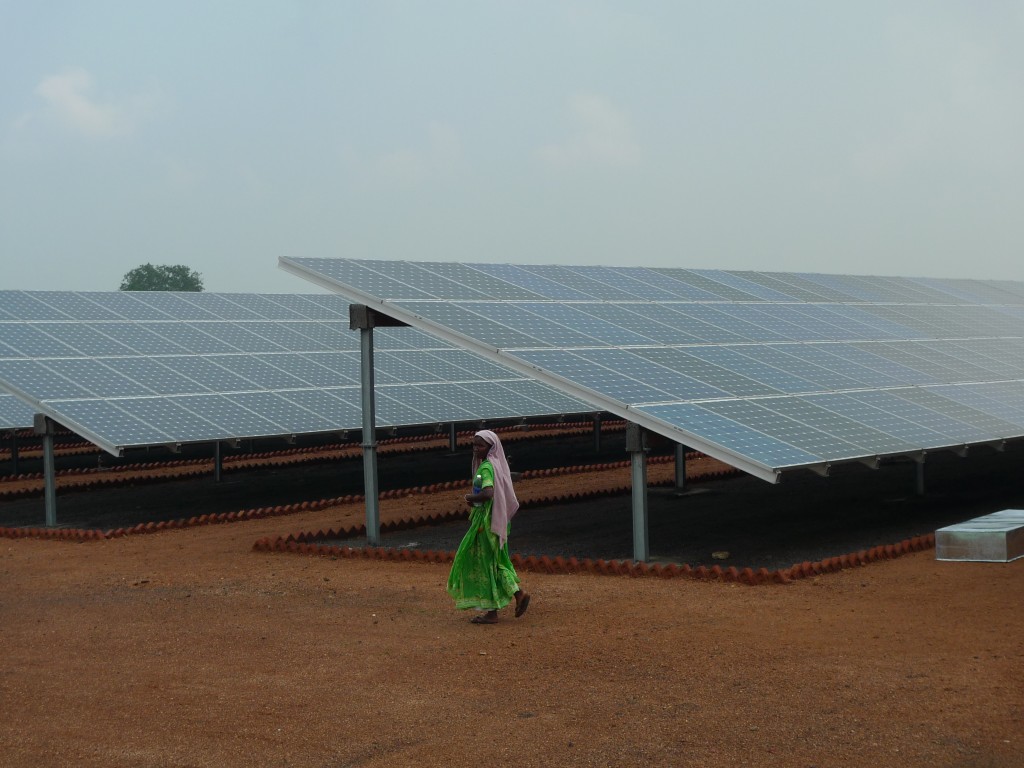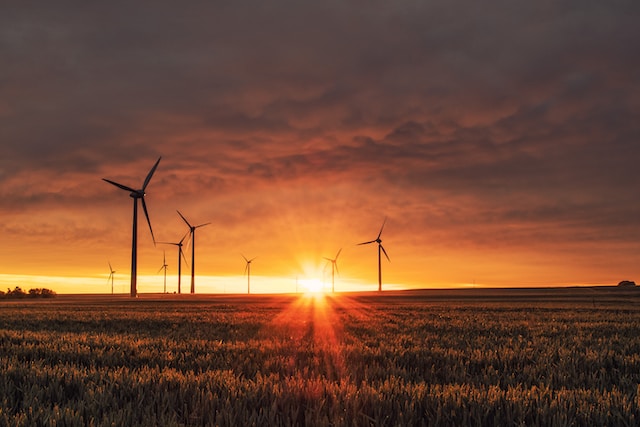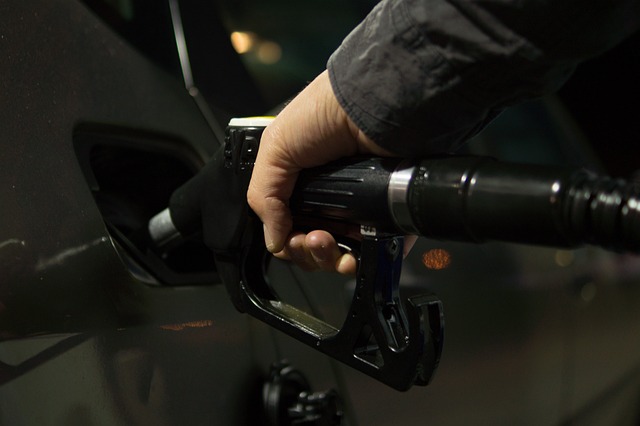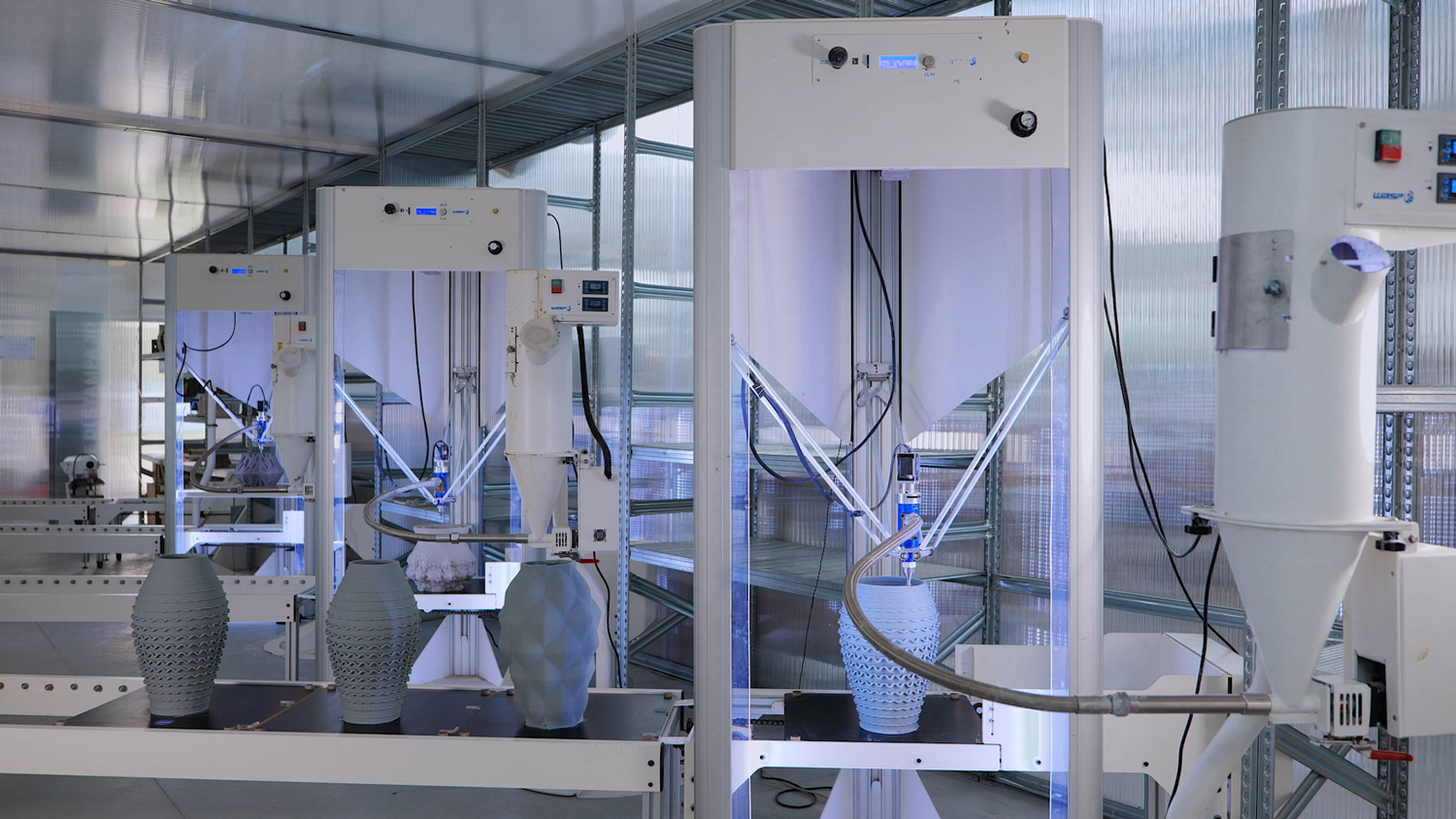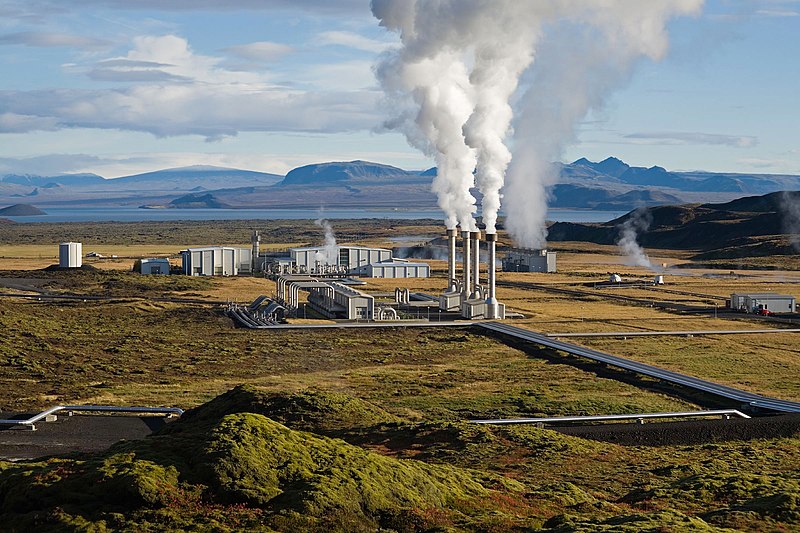India is currently home to 17.5% of the world’s population, or 1.32 billion people. But by 2022, India’s population will surpass China’s, which is currently 1.37 billion. Both countries face serious challenges such as helping underserved populations experiencing both economic and energy poverty and environmental degradation.
Both countries are working towards a low-carbon future through the use of sustainable energy and in 2015 led the world in investments made in renewable energy as measured by first time commitments in solar, wind, and other renewables. That year also marked the first time in which emerging economies outspent wealthier nations on renewable energy projects.
According to 2015 Top Markets Report: Renewable Energy by the International Trade Administration (ITA), the renewable energy industry is one of the most dynamic and fast-changing sectors in the global economy. Opportunities for manufacturers of renewable energy technology, wherever they are in the world, have huge opportunities in a market that will grow for decades.
In India, the push toward renewable energy has been led by Prime Minister Modi and the Ministry of New and Renewable Energy (MNRE). The goal of 40% renewable energy by 2030 will be a tightrope act as India seeks to cut emissions while boosting energy access.
In the following video, Piyush Goyal of MoS Power discusses the need for a transmission corridor in India to eliminate current transmission bottlenecks. Goyal expects this corridor to take just 3 to 4 years to create.

